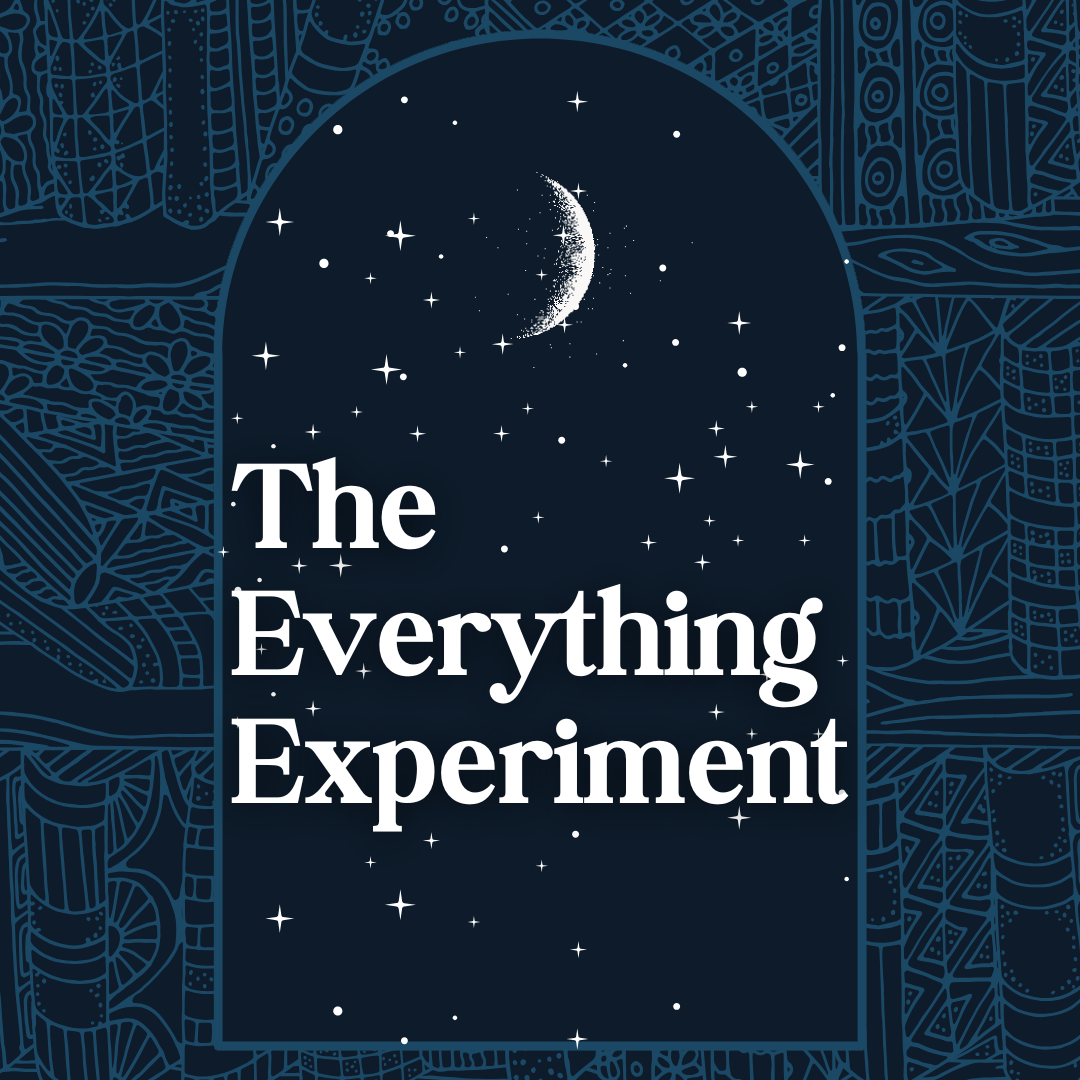
I don’t know about you, but it’s always when I’m lying in bed trying to fall asleep that – BAM! – a thought hits me:
I should learn how to do this.
It’s been fitness, sourdough, coding, herbalism, whatever rabbit hole my brain decides to chase at 11:47 PM—you name it. And sometimes, those ideas sit on the back burner because I’m already up to my neck in something else.
But why don’t they ever get started?
Because I have no idea where to start.
The mountain always looks daunting from the bottom. And when you’re staring up at that thing with no gear, no trail, and no plan—it’s easy to just walk away.
But here’s the trick:
You don’t have to know the whole path. You just need a roadmap.
So here’s how to build your own.
Start with Why?
Once the thought sticks—once it follows you around like an echo in your head—you have to stop and ask:
Why do you want to learn this?
A few examples:
I want to learn fitness so I can get stronger and feel healthier.
I want to study herbalism so I can support my family with natural remedies.
I want to learn XYZ because ABC
Your why is critical. Without a reason—a real one—this idea is going to chill on the back burner and taunt you every time you scroll past a Pinterest board.
It’s what gets you out of bed.
It’s the reason you’ll keep going when it gets hard.
It’s not just a cute affirmation—it’s the fuel for your journey.
Choose your Learning Style
Now that you’ve got your “why,” it’s time to figure out how you want to learn. There’s no one-size-fits-all here, so pick what works for you.
Formal Learning (Classes or Courses)
Courses, classes (online or in-person), workshops, etc.
- Structured, with a clear path
- Comes with a fee more often than not
- Often includes materials, a syllabus, maybe even a certificate if you’re feeling fancy
Independent Study
AKA: The Chaotic Good method.
- Flexible hours
- You pick your pace and your path
- No quizzes, no grades, no pants required
- But also—no structure, no accountability, and you’ve gotta dig for good resources
Neither method is better or worse—just pick what fits your life. Personally? I’m an independent study gal, through and through.
Yes, I did great in school. Graduated with honors. Took biology even though I would’ve rather poked my eyes out with a dissecting needle. But now? I like chasing rabbit holes. I like learning weird stuff just because I can. I like setting my own curriculum.
BUT—and here’s a big one—independent study means you have to find your own resources.
Not all resources are created equally.
And that’s putting it nicely.
We have the whole internet in our pockets. But just because something exists doesn’t mean it’s useful. Or accurate. Or not three years outdated.
We’re constantly learning new things.
Sharks are evolving fewer gills.
Raising your heels helps those with longer femurs squat deeper.
The world is wild.
So how do you find the good stuff?
- Look for experts in the field. Credentials, experience, reputation—check it.
- Or find people (like me!) who try the thing, document the process, and share it in a way that’s easy to follow.
- Bonus points if they show their receipts—sources, studies, or evidence of real-life use.
Choose the type of resource that works for you:
- Books
- YouTube videos
- Online forums
- Discord communities
- Podcasts
Look, I love a good book, a solid course, a niche Discord channel. Whatever works for you, use it.
But skip the clickbait.
You’re not going to “master tai chi in 3 days.” (And if you do, teach me, wizard.)
You can read all you want—but until you start doing, it won’t stick. Theory is not the same as experience.
If you wouldn’t trust someone to teach you to build a birdhouse when they’ve never touched a hammer, don’t trust clickbait content.
Theories are great, but results matter.
Break It Down (Not Your Brain)
Looking at the whole skill from afar is overwhelming.
You can’t learn the entire history of an art form overnight.
You have to start at the beginning—with the basics:
- Core concepts
- Key terminology
- Fundamental tools or techniques
You want to do the cool thing. I get it. You want the cartwheel. But you’ve gotta learn the stretches first. Otherwise, you’re just flailing in the air and hoping for the best.
The boring foundational stuff? It’s what makes mastery possible.
And when you learn the right way from the start, you don’t have to waste time unlearning bad habits or giving up because it didn’t click in a day.
Move from Knowledge to Experience
Once you’ve got the basics down—it’s time to do the damn thing.
You learned how to make spaghetti?
Cool. Now go make lasagna.
Practice. Then practice again. Then—after four or five successful attempts—you’re ready to start experimenting.
When you know what something should feel or look like, that’s when you get to play. You’ll notice the differences when things go sideways. You’ll tweak and adjust with confidence.
Just don’t fall into the “I’m not ready yet” trap. You’re ready enough. Start.
Make a Plan
Here’s where it gets practical.
Set a SMART Goal
– Specific
– Measurable
– Achievable
– Relevant
– Time – bound
Bad Goal: I want to learn tai chi.
Good Goal: I will learn 5 tai chi poses this week.
Now? Pick ONE beginner-friendly resource.
Not five. Not a whole bookshelf.
One.
Then carve out actual time to do it. Like, block it off on your calendar. Make it a non-negotiable date with your future self.
And this next part? I suck at it.
Spend more time doing than reading.
I know. I know. I’m the queen of “just one more article and then I’ll start.” But no. Learning doesn’t happen in theory—it happens in motion.
Comfort doesn’t come from more prep.
Comfort comes from doing.
Track the Journey (Even the Weird Parts)
If you’re lifting weights? Track your workouts and your mood.
If you’re cooking? Note what you loved and what you’d change.
This doesn’t have to be a fancy Notion board or a $30 planner. A dollar-store notebook works. Stream-of-consciousness. Whatever feels good.
Why bother? Because you are growing, even if you don’t see it.
Tracking helps you:
- Revisit the basics when things feel off
- Spot patterns (hello, menstrual cycle!)
- Recognize progress
- Know when it’s time to level up
Bonus: it also gets the clutter out of your brain and into a place where you can see it.
Make Mistakes. Seriously.
Perfectionists, come here. Closer. Closer.
Failure is not the enemy.
In fact, I hate that word. Because “failure” makes it sound like the end.
It’s not.
Mistakes are how we learn. The only real “failure” is never starting at all.
Everything else? Trial and error, baby.
And honestly? Success feels way better after you’ve tripped over it once or twice.
So now you’ve got the roadmap.
The why, the how, the tools, the plan.
What skill will you start learning?
Drop it in the comments—I want to hear what you’re diving into!

Leave a Reply